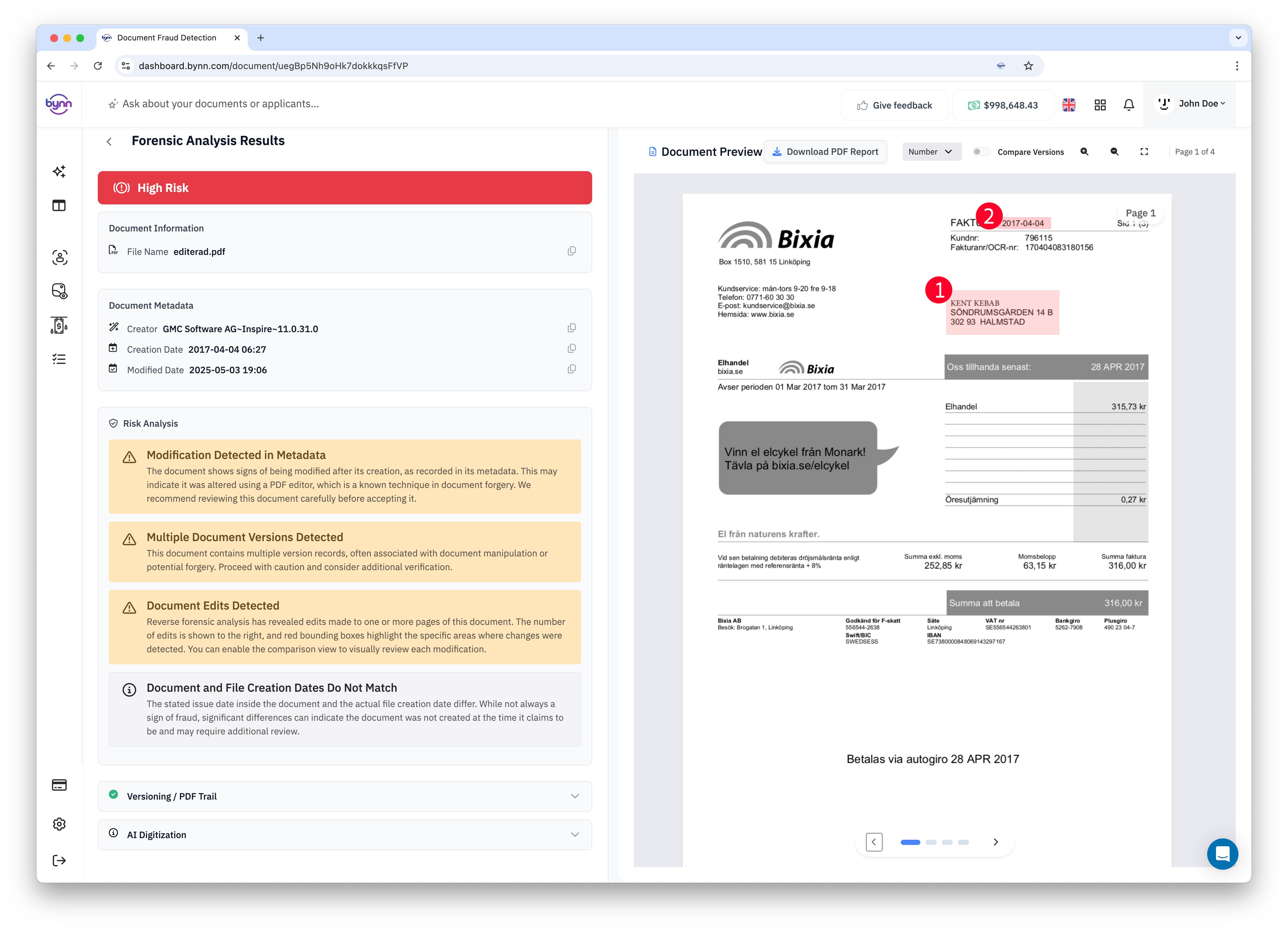The Silent Details: Visual Cues That Expose Forged Papers
Spotting a phony file isn't almost sensing bad grammar or weird content—it's about that which you see. Visual inconsistencies are usually the first indicator that anything isn't right. From mismatched fonts to seal distortions, trained eyes can Detect fake refined but telling clues. Listed here are six common aesthetic red banners that expose cast documents.

1. Irregular Fonts and Typefaces One of the very neglected giveaways is irregular font usage. Traditional documents an average of make use of a uniform typeface throughout—especially in government IDs, records, or bank statements. A sudden move in font style, measurement, or fat frequently signals cut-and-paste tampering. If Occasions New Roman suddenly becomes Arial midway by way of a range, that is a red flag. 2. Low-Resolution Graphics Formal papers rarely include pixelated or fuzzy images. Closes, watermarks, images, and stamps must appear sharp and clean also below magnification. If a logo looks want it was screenshotted or enlarged from a smaller image, it likely was. High-resolution printing is the conventional for just about any reliable documentation. 3. Misaligned Prices and Space Every standard form includes a structure standard. Lines of text that appear off-center, misaligned tables, or unpredictable prices level toward DIY file design. This is particularly frequent in phony invoices and academic transcripts, where spacing issues reveal that the record was assembled personally as opposed to auto-formatted by professional software. 4. Color Discrepancies Colors on standard papers are not only opted for for aesthetics—they're frequently section of a standardized palette. If the header is just a somewhat various blue than estimated, or if history hues appear extraordinarily pale or daring, it might suggest tampering. Counterfeiters might struggle to complement exact colors, particularly when printing on lower-end machines. 5. Dubious Signatures and Stamps Many forgers recycle scanned types of legitimate signatures and stamps. Search closely—if a signature has visible pixelation or the stamp outline looks like a pasted picture, it's probably fake. True stamps frequently indent the paper or leave ink streaks; reproductions often look “too clean.” Moreover, signatures ought to be in line with known types of anyone or institution involved.
6. Missing Microtext or Safety Characteristics Microtext, holograms, UV-reactive ink, and split skills are increasingly used in official documents. These functions are hard to reproduce and often skipped totally by counterfeiters. If a document lacks expected safety components, that's a distinct signal. Holding it as much as the light or using a magnifying glass can show lacking details. Distinguishing a phony document successfully is more about watching than inspecting. It's not at all times what's present that issues, but what's missing—or mismatched. Whether you are verifying a rental application, researching a medical certificate, or auditing central HR papers, aesthetic cues are usually the first and many reliable indicators of fraud. A skilled attention doesn't need elegant tools—only sample awareness and shut awareness of detail.